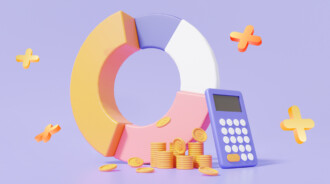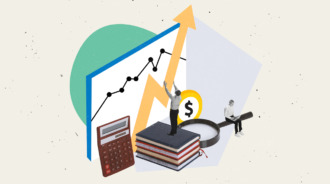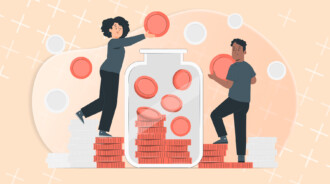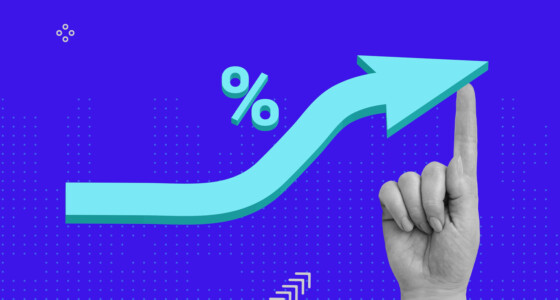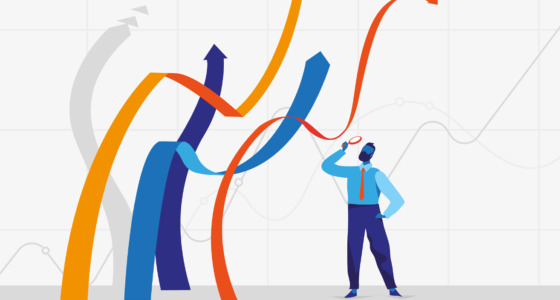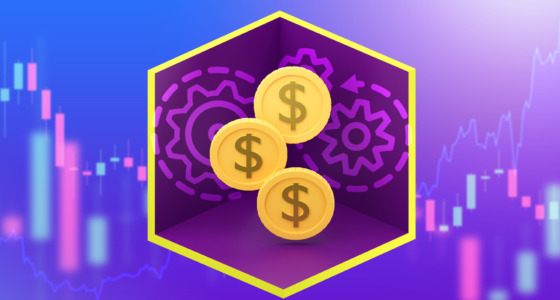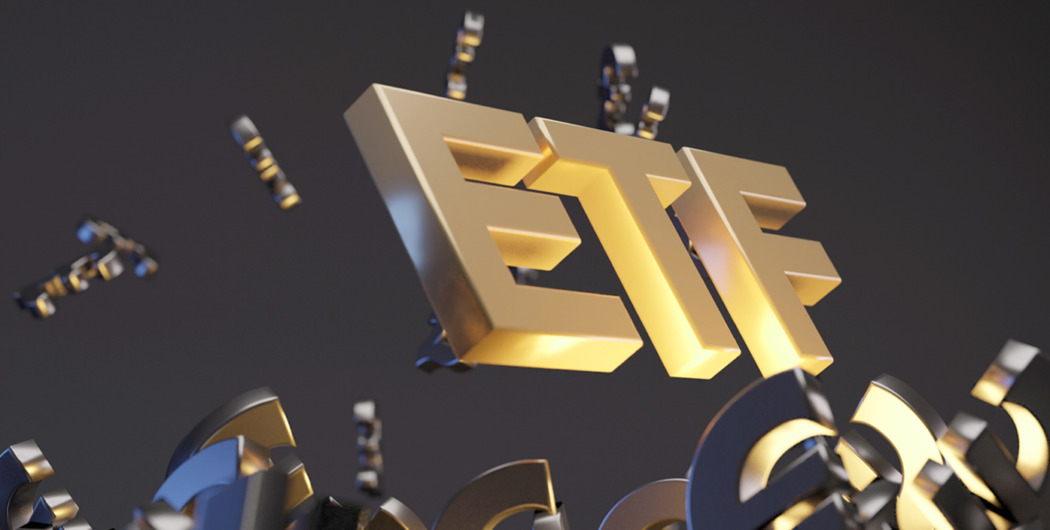

One of the most intriguing parts of cryptocurrency’s ongoing progress is how well it can connect with more traditional investing channels to provide new, more secure, and profitable opportunities.
A perfect illustration of this is how crypto investors are now attempting to leverage the expansion of exchange-traded funds (ETFs) by purchasing a Bitcoin ETF that tracks BTC. Aside from cryptocurrency, ETFs can provide cheaper operating expenses, more flexibility, greater transparency, and higher tax efficiency in taxable accounts than traditional open-end funds.
ETFs are one of the modern market’s opportunities. At the start of 2020, the market traded roughly $100 billion every day with a weighted average spread of just 1.7 cents or 2.1 basis points (bps). Overall, ETFs closely track their net asset value (NAV), providing investors and traders with low-cost access to thematic exposures and diversified baskets.
ETFs, or exchange-traded funds, at the beginning of the year, had a milestone birthday: it was 29 years ago when the world’s largest ETF debuted on Wall Street as the first U.S.-listed investment of its kind.
ETFs have grown in popularity and size during the last quarter-century. The total amount of funds invested in US-based ETFs grew by 34% four years ago, reaching a record $3.4 trillion by the end of the year.
But before we begin to go deep, let’s get familiar with several terms and concepts surrounding ETFs, which of course, would begin with the meaning of ETF.
What are ETFs?
An exchange-traded fund (ETF) is a collection of investments that are often linked to the performance of an underlying index. It’s also exchanged like a stock on the exchange so that you can buy and sell it.
For example, you can buy an ETF that tracks the S&P 500, a stock market index that contains a large amount of the market’s entire value and is widely used as a benchmark. (It monitors the stocks of 500 of the world’s largest corporations.) You can also invest in sector-specific ETFs, which hold equities from companies in specific industries, such as communications, utilities, and health care.
What is a bitcoin ETF?
You might be wondering how ETFs are connected to Bitcoin. Well, a Bitcoin ETF allows investors to speculate on the price of the world’s most popular cryptocurrency without having to buy it. This means users won’t have to learn the intricacies of buying and trading real Bitcoin, which entails several rigorous security and storage processes.
ETF vs. mutual funds
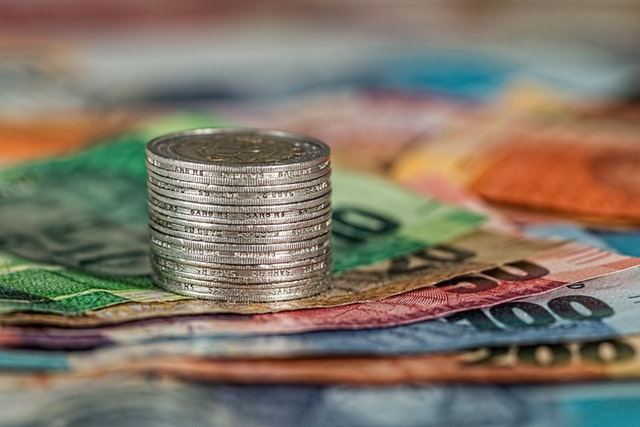
An ETF, unlike a mutual fund, is traded on an exchange (thus the name). That means you can purchase shares at any time during the trading day, at whatever price they are at the time of purchase. Mutual fund shares, on the other hand, can only be purchased at their net asset value price at the end of the trading day.

Commodity ETFs?
An exchange-traded fund (ETF) that invests in actual commodities such as precious metals, agricultural goods, and natural resources is known as a commodity ETF. An ETF that invests in commodities futures contracts or a specific commodity held in physical storage is known as a commodity ETF.
A gold ETF is an example of a commodity ETF. The gold ETF holds only gold as its primary asset. Exchange-traded funds are similar to individual equities in that they trade on a stock exchange.
The fund, on the other hand, has gold derivative contracts backed by gold. As a result, if you invest in a gold ETF, you will not actually own gold.
Now that we’ve gotten these terms and definitions out of the way, let’s briefly see how ETF works and the risks and benefits.
How to buy and sell ETFs
Shares can be bought using any investing account, just like individual stocks. You can specify the number of shares you wish to buy, the amount of money you want to invest at a specific time, or the current share price.
How are ETFs created?
To create ETFs, you must go through a creation and redemption process. In order to create an ETF, one has to reach out to the U.S. Securities and Exchange Commission with a proposal.
If the proposal gets approval, the person who submitted it, respectively the sponsor, will try to make or redeem the ETF shares by looking for a market maker agreement. Next, the ETF’s marker maker will borrow shares from a specific source, like a pension fund, for the significant stocks. The shares will be put in a trust.
All this will establish the foundation of ETF creation units. Next, the trust delivers shares in the fresh ETF. Investors then obtain legal claims to all these shares.
Using this same process, more ETFs can be created based on demand.
What are the pros and cons of ETFs?
ETFs come with several pros and cons.
Some of the advantages include:
· Transparency – These funds are transparent, so investors will always be aware of what an ETF includes.
· Portfolio Diversification – Anyone who wants to diversify their portfolio can opt for ETFs, as one security can give the investor access to a variety of unique stocks.
· Low Fees – Investors can save money due to ETFs generally having very low ongoing costs.
There are also a few downsides, such as:
· Lower Dividend Yields – Compared to having a stock or group of stocks with high yields, ETFs have lower dividend yields.
· Higher Costs – Investing in ETFs costs more than investing in particular stocks.
· Less Diversification with Industry Focus ETFs – Investors are not distributing their risk across several sectors or assets when they invest in one ETF across one asset class or industry.
What’s the difference between ETFs, index funds, and mutual funds?
Index funds can be bought through a fund manager, whereas you can only purchase and sell ETFs using a broker or stock exchange. You can also buy higher index fund minimum investments, while one can only purchase one ETF share as a retail trader.
When it comes to mutual funds, they are usually managed actively, unlike ETFs. As such, they involve larger initial investments and more management fees. On the other hand, ETFs act like passive investments.
Moreover, mutual funds will have the same price for everyone else who invests on that same day, while ETFs can be purchased and sold at fluctuating prices.
How investing in ETFs works
ETFs allow you to profit from rising and failing markets.
When you think an asset or stock market index is going to rise, you are going to open a BUY position on the index or asset’s ETF. If your prediction was right, the value of your investment increases, allowing you to close the trade and make a profit. When the index drops instead, your ETFs value will also decrease, resulting in losses.
However, you could also open SELL positions when you think an asset or stock market index is going to drop. Similarly, you gain profit if you accurately predict the drop, and lose profit if the index rises instead.
Furthermore, you can make a profit from ETFs through dividends.
ETF benefits
The most prominent advantages of ETFs are:
- Trading flexibility
- Risk management
- Tax benefits
- Lower costs
- Portfolio diversification
Conclusion
Although ETFs are still relatively new to the investment world, the advantages they offer over many fund investments should not be overlooked.
Finally, keep in mind that ETFs follow the market as a whole, so they are subject to the same volatility.
